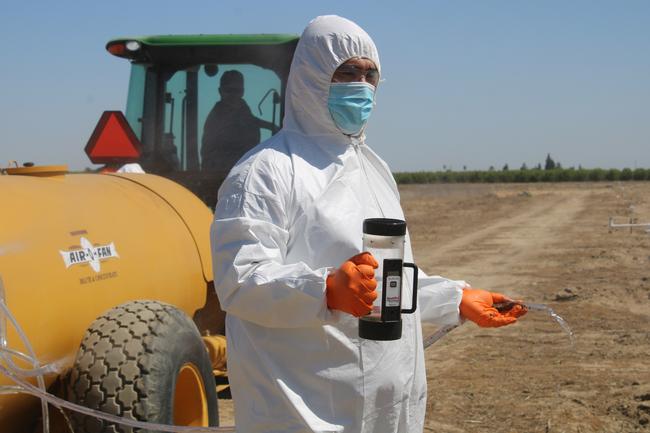Peter Larbi - CE Ag Application Engineering
Goals of the agricultural applied engineering program towards research and extension is to improve pesticide spray application efficiency in orchard production and reduce general pesticide use in the San Joaquin Valley region of California. Specifically, we intended to cut pesticide use frequency by ensuring effective pest control and reducing need for repeat applications through the adoption of a decision support tool that guides growers and applicators in correct calibration, suitable application timing, and proper adaptation of application techniques to different field situations. To reach growers and potential growers we conduct workshops and hands-on sprayer calibration trainings. Building on an existing Windows-based decision support tool evaluated in the project, we successfully developed and deployed two new mobile-friendly web-based apps for airblast spray application decision support. For purposes of developing spray drift assessments, we have conducted spray drift studies in grapes, citrus and almonds based on EPA protocols. Having acquired and analysed new season-wide tree canopy characteristics for the three canopy types, we are in the process of building more comprehensive models for pesticide application. Additionally, our lab is currently working on development of an automatic nozzle selector that can be retrofitted to existing airblast sprayers to enable an operator to remotely select pre-set nozzle configurations to match different tree canopy sizes and profiles.




